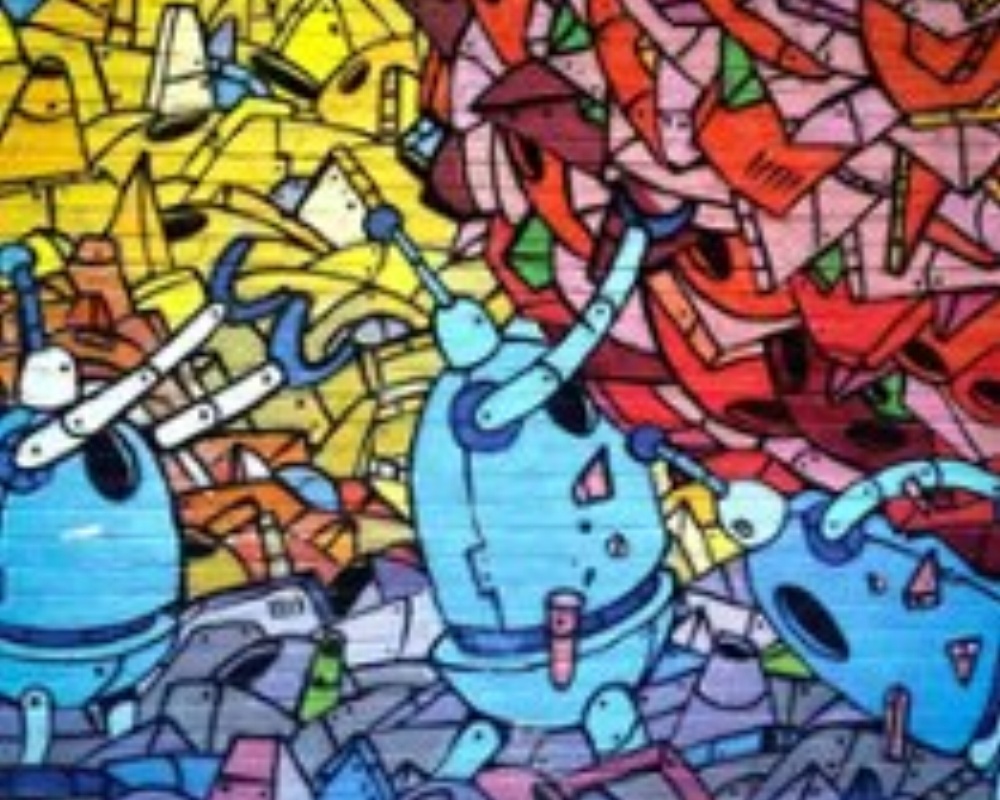
The Psychology of Color: How Color and Design Affect Behavior
It’s no surprise for decades the psychology of color has been evident in design. Color plays a significant role in so many marketing touch points including logos, product packaging and website design. How color is used and what colors are used in a design can literally raise blood pressures, cause tension, sway a mindset or even change one’s appetite.
Why? Because color by itself can speak volumes about a product or brand by striking a mood, or a familiar memory without any further explanation (there’s also some medical science and terminology behind this, but that’s for another day for now let’s keep it simple).
Exhibit A: Green Means Go! Red Means Stop. It’s a simple phrase, but it’s something we all in Western society learned at an early age yet it still plays a major role years later as a adults. So how can this theory apply to design decisions?
Colors such as Reds, Orange and Yellow can cause the viewer to be on alert and on-edge. Sites such as the Wall Street Journal and other news sites apply this color theory to the “alert" or "breaking news” areas of their sites.


While these powerful colors may spur a viewer to act immediately and stay alert, their color counterparts Blue, Green and Purple tend to be more relaxing and chill. This is why you often see the action buttons on websites Green or Blue. People are looking for confidence, stability and calmness in their decisions. According to Kissmetrics, we learn that it takes just 90 seconds for a site visitor to form a judgement or opinion. Further to that, “62-90% of that interaction is determined by the color of a product alone.” So when a color connection has such control over emotions and decisions why wouldn’t you want to apply this knowledge in every aspect of design? Here are few examples of some of the most popular brands today used color as part of their persona and and a list of emotions often associated with the color.

Credit: http://www.bitrebels.com
Where does this leave us? Well, since the right colors create the right moods and atmosphere for your project one starts to realize the importance of the research that has be done at the very beginning of a project. Before design conception and before the color palette has been created it is important to understand your audience and how you need your product to be perceived in the marketplace. If you haven’t thought about what motivates the audience and also what turns them off you will have already missed a huge opportunity to sway their actions.








